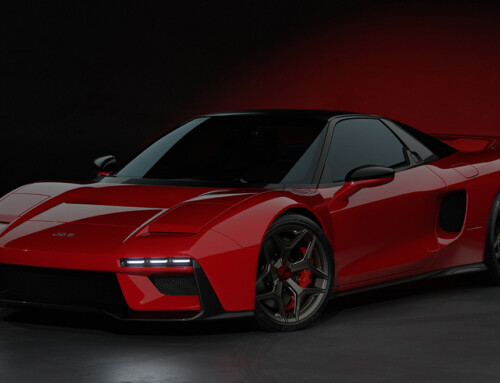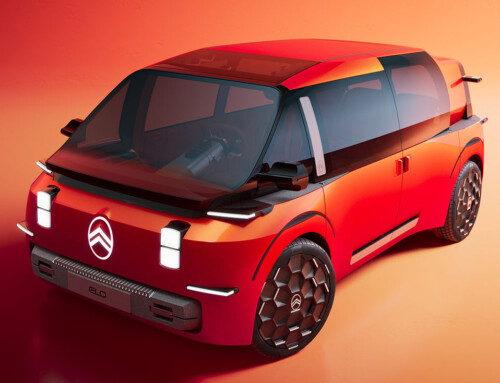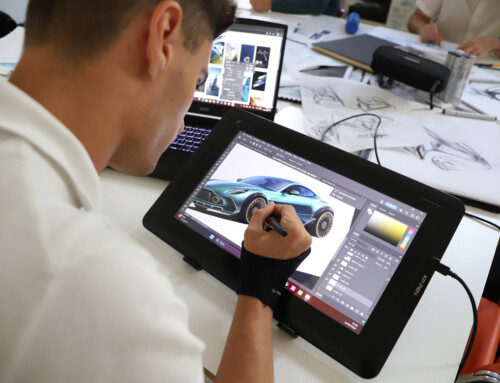Ercole Spada, one of the masters of Italian car design, passed away on August 3, 2025, at the age of 88. During his long career, he created some of the greatest masterpieces of post-war car design, such as the Aston Martin DB4 GT, the Alfa Romeo 2600 SZ, the Giulia TZ, and the Giulietta SZ Coda Tronca, to name a few, as well as the Lancia Flavia, the Fulvia Sport, and the Lancia Flaminia Supersport.
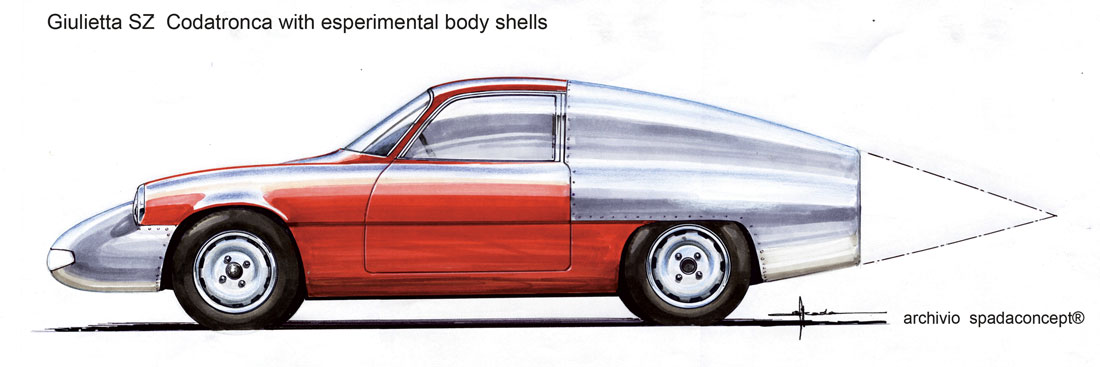
Lo schema delle appendici anteriore e posteriore con la coda tronca, applicate da Spada dalla vettura di serie.
A champion of the concept of “functional elegance,” he was closely linked, both professionally and personally, to Elio Zagato, for whom he worked from 1960 to 1970 and again in 1993. Among the many cars designed by Spada, the most iconic is undoubtedly the Alfa Romeo Giulietta SZ Coda Tronca. The truncated tail became a true stylistic signature for Spada, but he never ceases to emphasize that it was, more than anything, a solution closely tied to the vehicle’s function. “Less material, greater lightness. The truncated tail also increased the car’s aerodynamics,” he said in 2017 at the presentation of the “Matita d’Oro” award, the recognition given by the National Automobile Museum in Turin to designers who, over the course of the 20th century, left their mark on the history of car design.
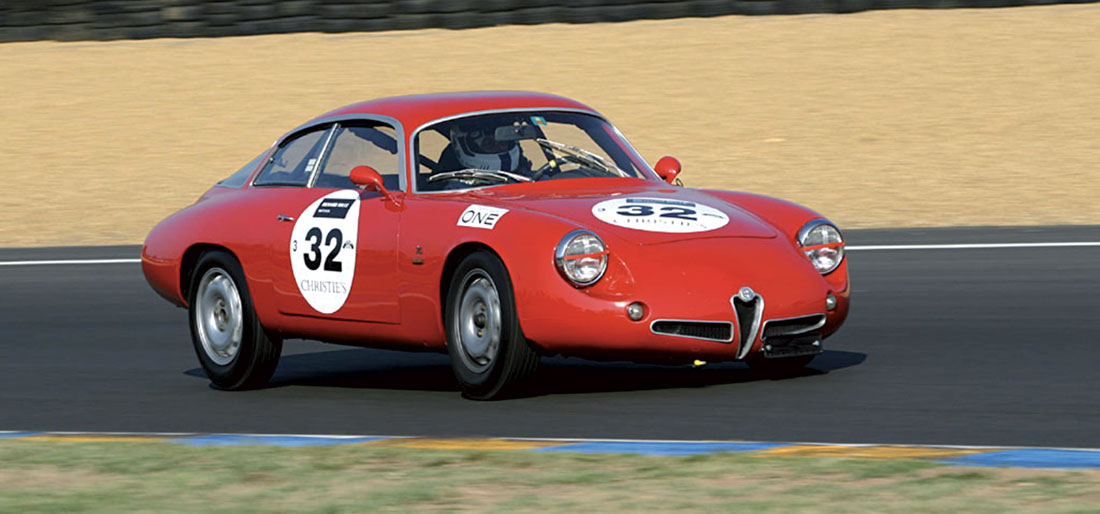
La SZ impegnata nelle corse. Pensata in origine per le gare in salita, si dimostrò la migliore anche per i circuiti veloci. Della vettura fu prodotta una serie di 25 unità.
From his first assignment at Zagato in the 1960s, Spada worked for Ford of Europe, particularly on the GT70 project, and in 1973, following Ford’s purchase of Ghia, he joined the Ghia Operations.
In 1976, he joined BMW as head of advanced design, designing the E34 5 Series and the E32 7 Series. After returning to Italy in 1983, he led the I.DE.A Institute design center for several years and, in 2006, founded Spadaconcept with his son Paolo.



